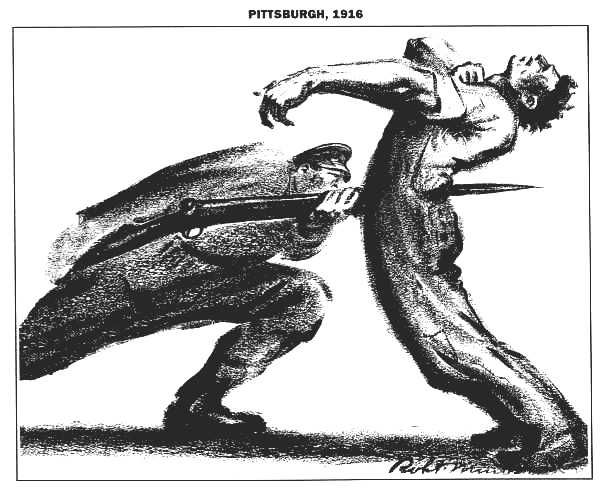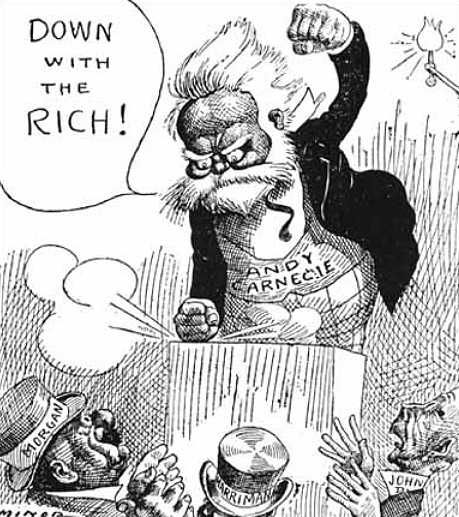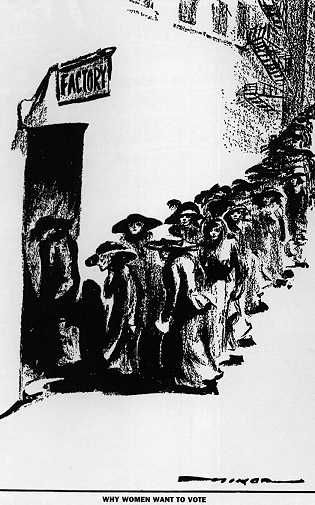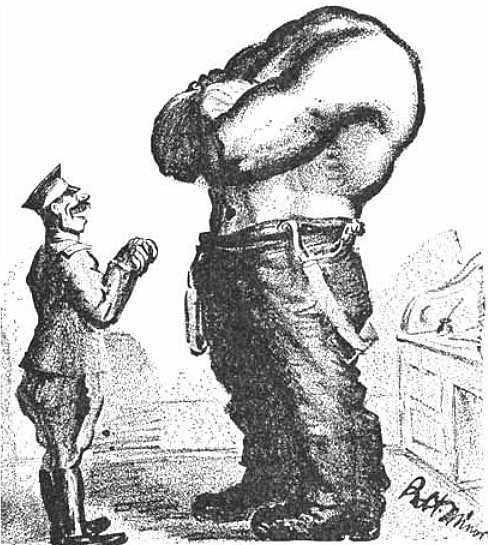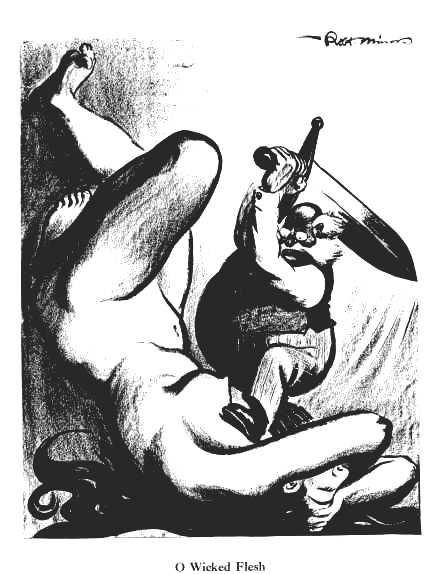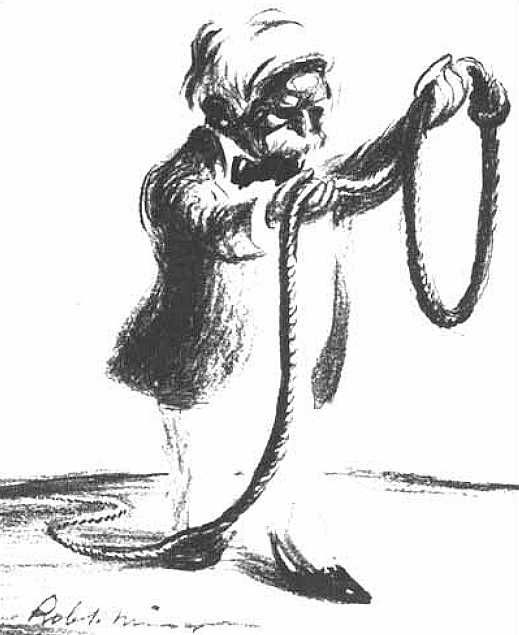Each day this month I will be profiling a notable political cartoonist. Since the choices are vast, I've decided to slim the numbers down a bit and eliminate living cartoonists. Perhaps I will do a current political cartoon stars in the future.
Here's an archive of the artists mentioned already.
Today we look at an American cartoonist who was never afraid to speak his mind, even if the U.S. Government wouldn't allow him.
Enjoy!
Robert Minor was born in San Antonio, Texas in 1884. He had to leave school as a teenager because his father was unemployed. At the age of 20, in 1904, Minor got a job at a local paper. While there, doing all sorts of low-level assignments, he began contributing comics to the paper.
Soon, he was popular enough that he was able to secure a position working in St. Louis at the St. Louis Dispatch as a cartoonist. In 1907, Minor joined the Socialist Party of America.
Much of his work during this time was geared towards Socialist ideals and mocking Capitalism...
as well as arguments for Women's Suffrage (he contributed to a number of Women's journals)...
Minor was one of the first cartoonists to use grease crayon for his work, and it made his art stand out from the rest. In 1911, he was hired by the New York World and became one of the highest-paid cartoonists in the whole country.
Once there, Minor kept up his extremely liberal views, even though they came into direct conflict with what his newspaper wanted him to. He was adamantly opposed to the First World War, and before the United States joined the conflict, that was fine by his paper - but when the US joined, Minor was ordered to draw cartoons supporting the war.
He refused, and because he couldn't get his work published in the New York World, he began contributing his anti-war cartoons to the journal, The Masses, including this brilliant savaging of the United States Army...
He also made light of the attitudes of the time that led to the censoring of his work, with this scathing mockery of Anthony Comstock - the politician who felt his duty was to enforce Victorian morality upon the rest of the world.
During this same time period, Minor also used The Masses to express his attitudes of how the workers were being treated, particularly this absolutely brilliant attack on the government's strike-breakers of the Miner's Strike in Pittsburgh in 1916.
The government was intent on stopping Minor and The Masses, so first, in 1917, they withdrew their mailing rights. When that didn't stop them, they arrested Minor and many other contributors to The Masses on charges under the Espionage Act.
They were tried twice before the War ended, and when the War was over, they figured it better to just let them go, which they did in 1919.
Minor began working for the New York Call and other papers, continuing his radical views.
He traveled to Europe (here is a nice take on English Prime Minister David Lloyd George: "Having made the world safe for democracy, we must now settle the Irish Question.")
While in Europe, covering the various revolutions of the day, Minor was arrested and charged with spreading treasonous propaganda among British and American troops.
Upon release, Minor began getting more and more involved with the Communist Party. In 1924, he helped establish The Daily Worker. Around this time, Minor became more of a political activist and less of a cartoonist. Soon he would essentially give up drawing entirely, confining himself to written articles, where he kept up his causes, including, after World War II, the fight for the rights of Blacks in America.
Minor suffered a heart attack in 1948 and died in 1952, managing to avoid, due to being bedridden, the consequences of McCarthyism that struck many of his Communist peers.
Minor's career as a cartoonist does not match some others in terms of longevity, but in influence, he was right up there with the best of them.
Thanks to the Marxists.org for the images used in this piece.

